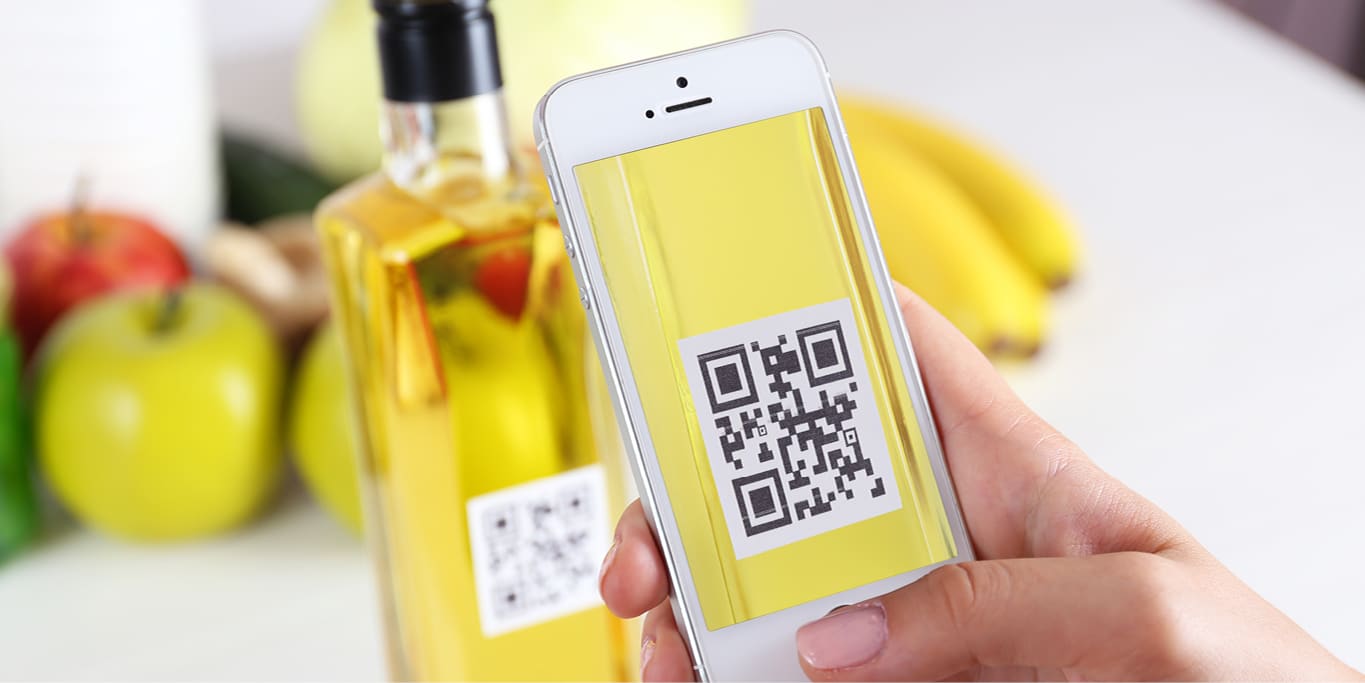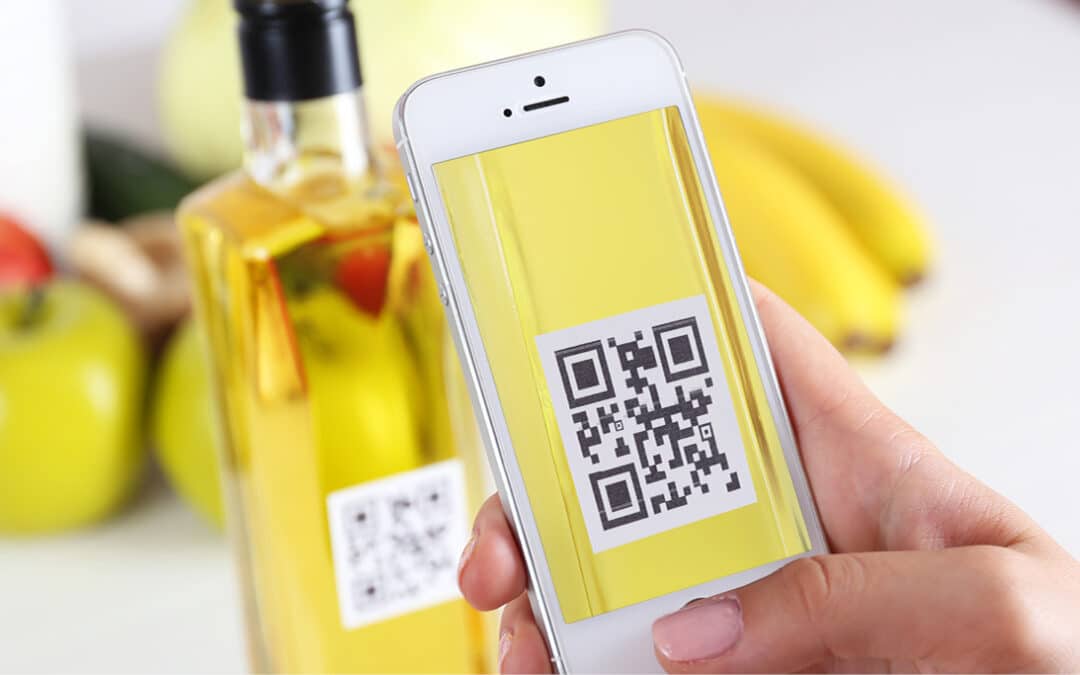
In an era where consumers prioritise transparency and ethical sourcing, QR codes on packaging have emerged as a powerful tool to bridge the gap between consumer demand and product information. Recent research by GlobalData underscores the growing preference among consumers for QR codes as a means to access detailed product information.
The need for improved transparency received a significant push on 12th March when UK Environmental Secretary Steve Barclay proposed new labelling legislation for dairy, meat, and poultry products. This initiative aims to enhance the visibility of ingredient sources and production methods. Key proposals include labelling for method of production and country of origin.
This legislative move reflects broader governmental efforts to bolster support for farmers and ensure fairness across the value chain. Against this backdrop, GlobalData, a leading data and analytics company, highlights the increasing consumer preference for QR codes as a conduit for accessing product information.
Ramsey Baghdadi, a consumer analyst at GlobalData, emphasises the critical role of trust in consumer decision-making within the UK market. He states, “Trust is a key aspect of consumer product choices across the UK. It is, therefore, important for brands to clearly communicate the details of the production journey, including the origin and production methods.”
Baghdadi further explains that while proposed labelling policies may offer a win for local manufacturers, they might not significantly impact sales for farmers due to the lack of detailed supply chain information. GlobalData’s 2023 Q4 Consumer Survey underscores consumer interest, with over half of UK consumers expressing a desire for QR codes to provide information on the point of origin and sustainability.
In response to Barclay’s proposals, Baghdadi sees them as a positive step towards a more transparent supply chain. However, he advocates for the utilisation of digitised solutions such as QR codes to align with modern consumer behaviours and smartphone reliance. In the long term, Baghdadi suggests that brands leverage digital channels to communicate product information directly on-pack, catering to consumers who frequently use smartphones for pre-purchase research.
By embracing QR codes and digital communication channels, brands have an opportunity to foster consumer trust by offering comprehensive insights into production processes and locality. This evolution not only meets consumer demands for transparency but also aligns with the evolving landscape of retail and consumer behaviour. As the industry continues to adapt to changing consumer preferences, QR codes are poised to play an increasingly pivotal role in enhancing product transparency and consumer trust.


Recent Comments